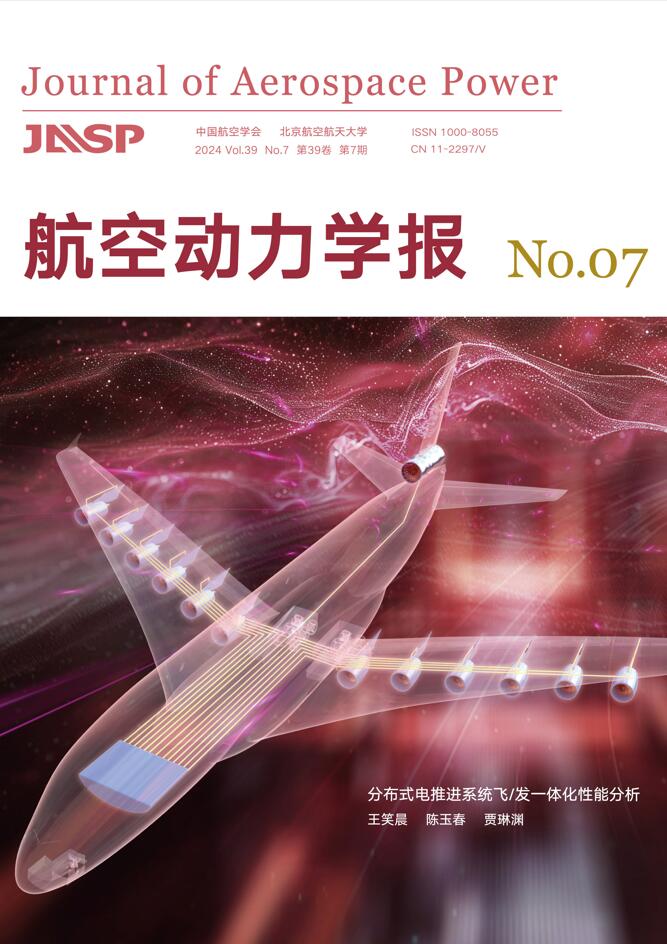Abstract:
Taking NASA Rotor 37 as the research object, the influence of the bleeding position of self-circulating treatment casing (SCT) on the rotor performance at different speeds was studied by numerical simulation. The researches show that the influences of the bleeding positions of the SCT and the rotor speed on the rotor performance are interactive. The essential reason lies in that, when the rotor is in near stall condition at different speeds, theflow condition is different in the rotor tip region, so that the relative position changes between the bleeding positions and the blade tip blockage as the rotor speed changes, resulting in an interactive effect on the rotor performance. Through the analysis of the influence of the bleeding positions of the SCT on the rotor stability at different speeds, it is found that when the bleeding position is at the trailing edge of the blade tip blockage region,there exists the best inhibition of the low-velocity blockage zone, greatly improving the flow ability of the rotor tip region, and contributing most to the stall margin improvement (SMI) of rotor. At 100%, 90% and 70% design speeds, the maximum value of the SMI is 7.46%,8.52% and 6.14%, respectively. In addition, through detailed analysis of the flow field at the rotor tip region, it is found that when the bleeding position of the SCT is located at the trailing edge of the blade tip blockage region of the near-stall operating condition of the rotor at different speeds, the highpecific entropy zone caused by the SCT is the least, bringing about minimal reduction in rotor efficiency, and making it most beneficial to the performance.







